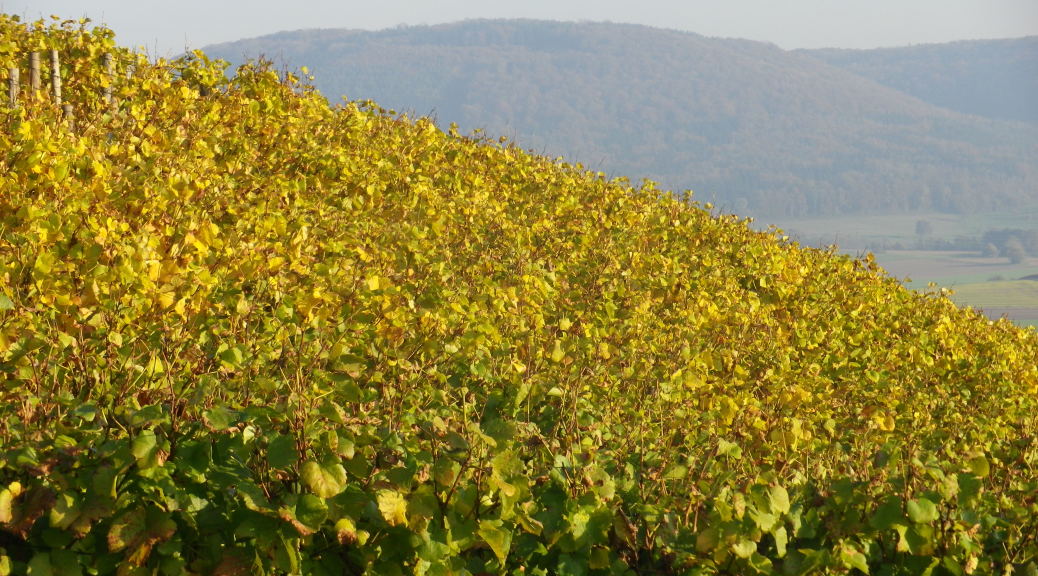What I Learned:
If you haven’t heard much about Swiss wine – don’t be surprised. Less than 3% of all Swiss wine production is exported!
There are several different wine regions within the country, mostly in the south. In northeastern Switzerland there is the Klettgau. It lies within the Schaffhausen wine region, named for the largest town in the area. The Schaffhausen AOC covers the Klettgau, to the west of Schaffhausen; as well as areas along the Rhine, east of Schaffhausen; and a small area south of Schaffhausen.
The Klettgau valley, with Hallau as its principal town, contains the largest contiguous vineyard area in German-speaking Switzerland. Its tradition of viticulture dates to at least 1280 in the Hallau area, if not earlier, as this area was owned by monastic organizations in the early medieval era.
Both the red and white varietals grown here seem to go by less well-known names, which only adds to the difficulty finding specific Swiss wines outside this region. Although Riesling-Silvaner (known as Mueller-Thurgau elsewhere) grapes grow in the Klettgau, the Blauburgunder (Pinot Noir) varietal is the principle grape cultivated in this region. With this grape, new wine (Neue Wein, also known as Federweiss), Rose, and barrel-aged Pinot Noir wines are produced.
What I Tasted:
2012 Hallauer Riesling-Silvaner, Graf von Spiegelberg, AOC Schaffhausen, Weinkellerei Rahm: a dry white wine with light gold color; with floral, fruity and mineral notes, very balanced, very mild acidity.
2013 Blauburgunder, Hallauer, AOC Schaffhausen, Weinkeller Zum Stauffacher: a dry red wine with medium red color; green leaf scent, with black cherry and smoke notes, low acidity.
2013 Blauburgunder, Hallau, AOC Schaffhausen, GVS Weinkellerei: a dry red wine with a medium red color; black cherry nose, with black cherry flavor and slight hint of toasted nuts, mildly acidic, but fairly well balanced overall.
